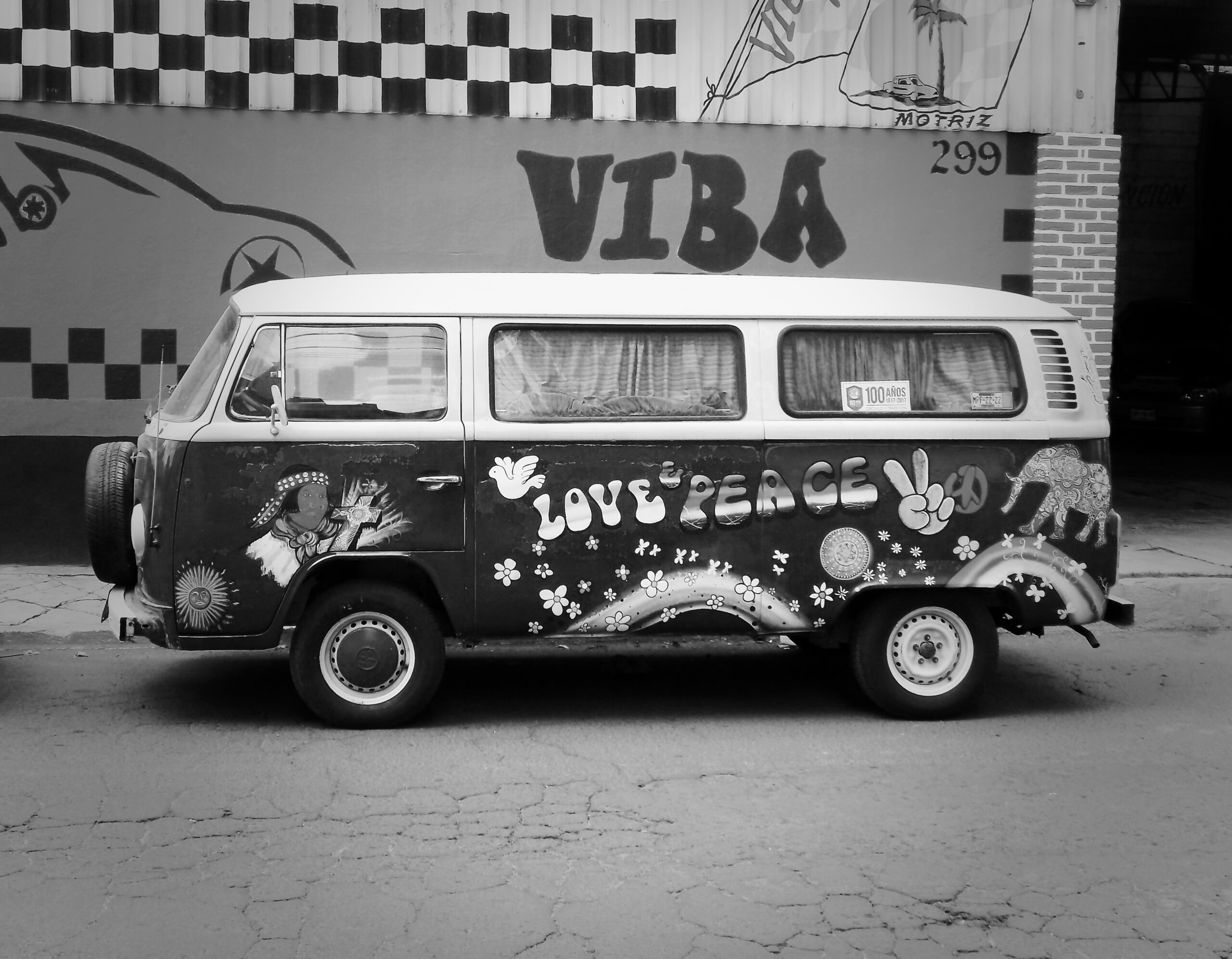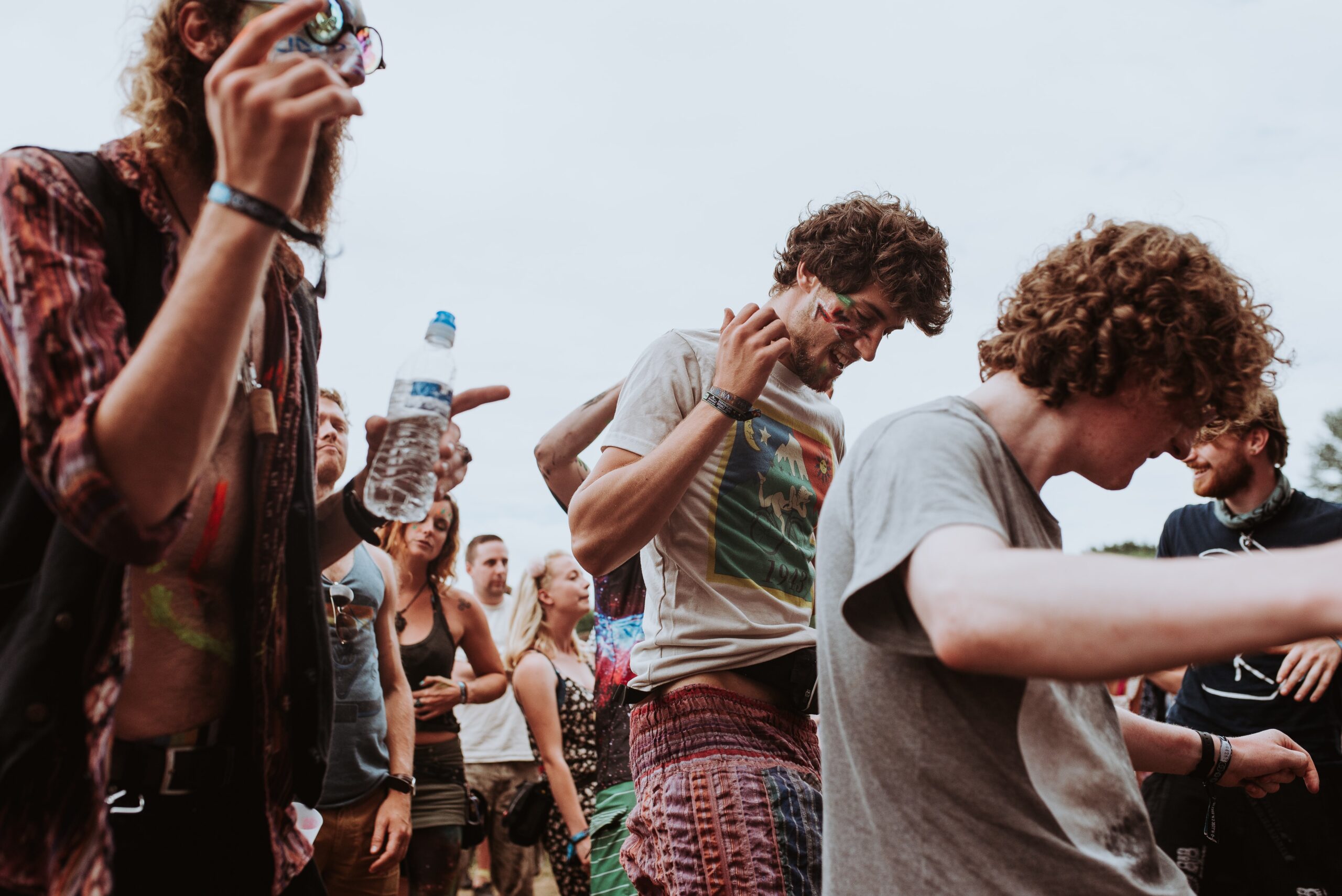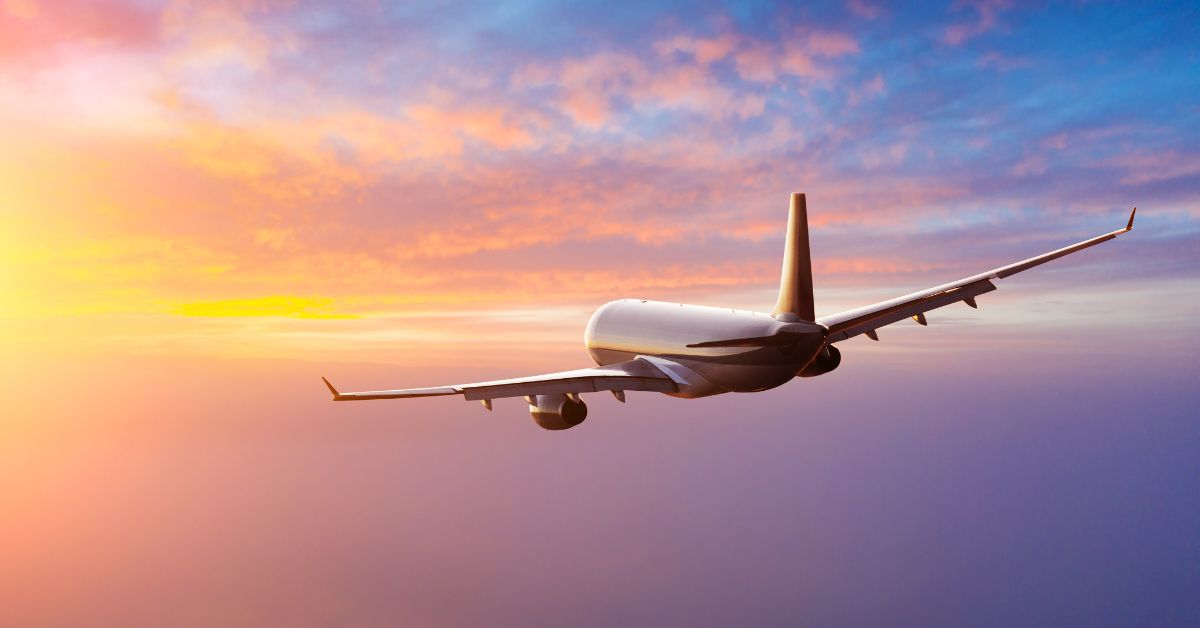Calling all stoners, tokers, and smokers! Fro Lady here, and you’re about to be schooled. 420 has long been the term used among the cannabis crowd for decades and literally everyone knows what time it is when someone yells out: “420!” But do you know what it’s actual history is? Like, where did the term 420 come from?
Although High Times published the widely known story of the Waldos, and many publications have touched on their story, I’ve come to find that a lot of people in and outside of the cannabis culture don’t actually know where the term 420 comes from. Some people say, “I really only know it has something to do with smoking weed,” or that it’s Bob Marley’s birth or death date (FYI, Bob Marley was neither born nor died in April). So allow me to reintroduce the origins of 420. It’s the political party of the year, after all.

There are many misconceptions, stories, theories and even fallacies about where 420 actually came from. The Waldos are the only ones with actual proof of the earliest usage of the 420 term. They were your average 1971 California teenagers who received a map to some marijuana crops from a friend because he was afraid of getting caught growing by police. He granted the teens permission to harvest the crops if they could find it. They would meet up at 4:20 pm at the Louis Pasteur statue located on their high school grounds (hence the term “420 Louis”), and off they went looking for the preverbal crops. They soon would drop the “Louis” part of their secret code to meet up and kept it “420,” to refer to cannabis or that it’s time to smoke up. Oh, and why are they called The Waldos? Simple, because they hung out by a wall that separated their school grounds from the rest of the street. At first it was nothing but a secret code or a slang term among friends, but the term became popular with other teens and among fans of The Grateful Dead. Steven Hager of High Times magazine caught wind of the teens and popularized their story in 1998, but not before publishing the term 420 for smoking and 4/20 celebrations in May of 1991.
In Canada, there were 420 celebrations amongst the earliest Canadian activists raising their bongs in Ottawa, right on Parliament Hill. Some of you may have heard about Jack Herer or more likely you’ve smoked the sativa named after him.

420, as a term, has spread like wildfire over the decades in connection to cannabis consumption worldwide, and April 20th has become the dedicated day to the counterculture, where many celebrations take to the streets in a call to action for tolerance, acceptance, legalization and decriminalization of marijuana. A big one that put 420 on the map was HempFest of Seattle. It started in 1997 as a few stoners standing up to bureaucracy, spearheaded by founder Vivian McPeak. Sixty arrests were made and in the following year, twenty more people got arrested. Eventually the cops and the people came to a modus vivendi—a way of life—with only one arrest made in 2001. Eventually, something broke through. In 2003, Washington would legalize cannabis before any other US state. Canada has our share of raging 420 celebrations, too. In Vancouver, the first 420 celebrations took place in 1995, with only one hundred people showing up to a table and pamphlets. There were no vendors, or food trucks or entertainment because it was more about taking a stand to educate the public and more so, legalization.
However, that did not stop the influence cannabis had in the 70s and 80s, where it was introduced to pop culture in movies and music videos and with the likes of celebrities like Snoop Dogg and, of course Cheech and (the Canadian) Chong. Suddenly, cannabis was mainstream and more and more—thanks, in part, to our 420 protests—science and business became interested enough to truly study cannabis for its many medicinal properties. I really can’t say if there was a time where cannabis users didn’t fight for their right to use cannabis.
That, in the end, is why 420 matters. Not because some kids in California went looking for weed, but because it’s evolved into a way to take a stand for what you believe in, educate others, and create a lasting effect in the cannabis world. 420, in a sense, led us to legalization; it’s important for us to take away the key message about 420: unity. There is strength in numbers and—Canadian law now says that it’s true—smoking pot isn’t hurting anyone. It helps to heal nations, be it for medicinal use or simply to make new friends and enjoy a good vibe. To me, 420 represents happiness, freedom, and a stress-free way of life. I remember being 19 at my first 420 Toronto Rally. I was working at the popular sex store that was known as Seductions and I did not have a clue about 420, let alone 420 celebrations/protests. I was invited to go and of course, said yes! Smoking weed outdoors and the cops won’t harass you? Who would say no? But I was told 420 was the time everyone was going to spark up and march from Queens Park to Bloor to Yonge to Wellesley, and then back down to Queens Park. Only today, right now, writing this article, did I truly understand the meaning behind 420.

Smoking weed outdoors and the cops won't harass you? Who would say no?
This 420, party safely, people. We may even have to party alone. But remember what the day is about. We celebrate because it’s more than just a day to smoke up, it’s a call for tolerance, acceptance, and understanding. Cannabis is a unifier of people—a mindset—and through the evolution of 420, we see the sign of the times, from counterculture and taboo ideals to legal cannabis and a Prime Minister who admitted that he did inhale. So, there you have it folks—420. What a wonderful turn of events and the hope is to continue efforts to appeal to governments worldwide and change the negative stigma surrounding cannabis because hey, it’s a beautiful thing.







